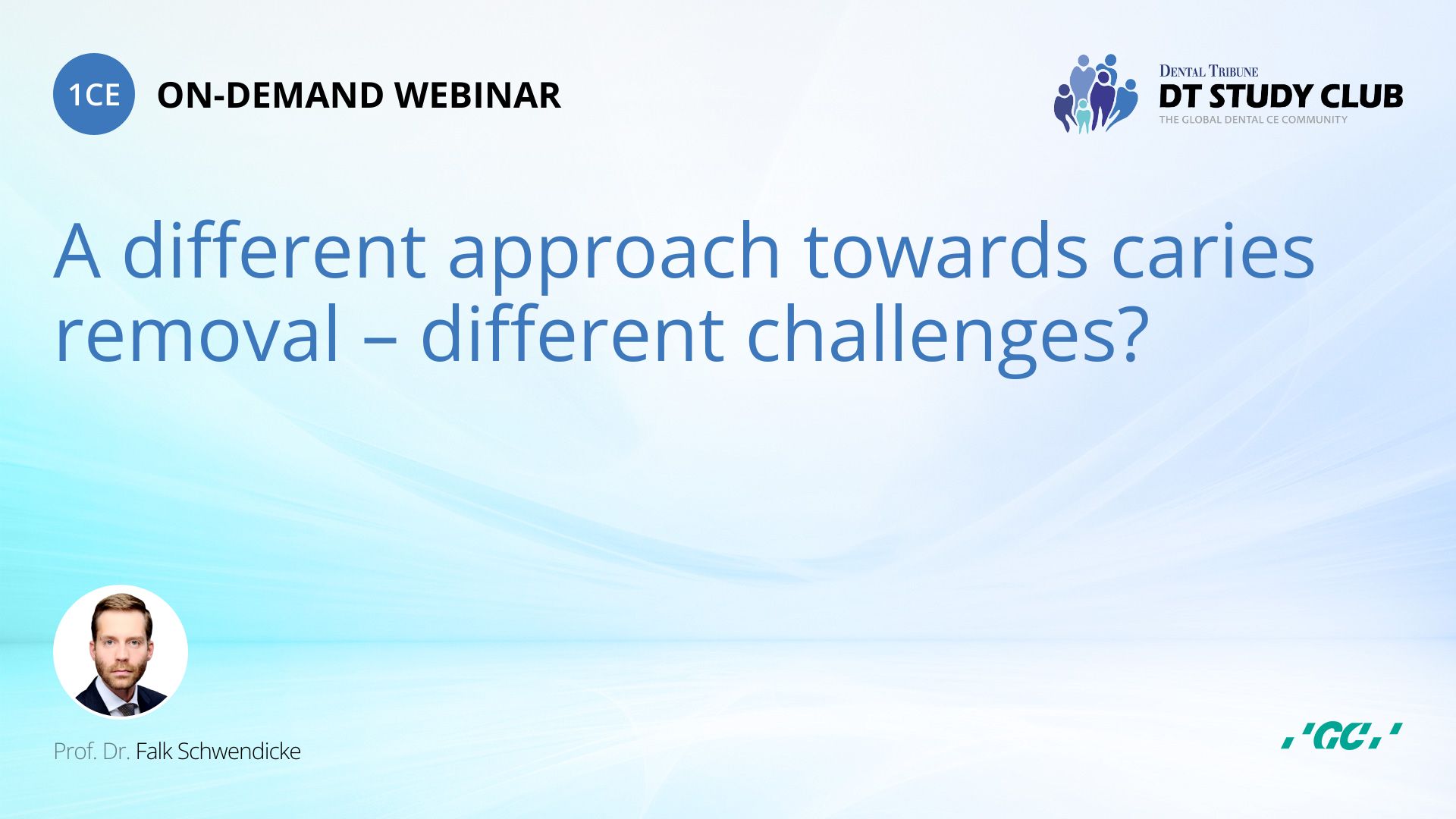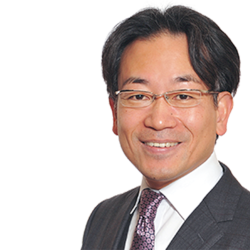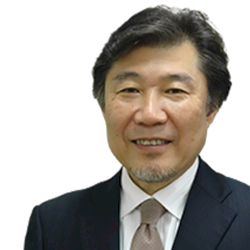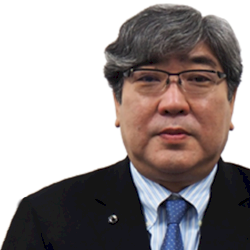A different approach towards caries removal – different challenges?
Growing evidence finds less invasive strategies efficacious for managing car-ious lesions. For cavitated lesions, restorative interventions are oftentimes nevertheless required.
For cavitated lesions, restorative interventions are oftentimes nevertheless required. Prior to restoration placement, carious tissue removal (excavation) is usually performed. However, historic reasons why such excavation is provided mostly do not apply any longer – the only strong reason for removing carious dentine is to allow subsequent placement of a long-lasting restoration.
Thus, carious tissue removal should be guided by how to improve treatment outcomes, not by the perceived degree of “completeness”. Consented guiding principles include to preserve pulp vitality, seal the cavity, and maximise restoration success. Thus, in shallow or moderately deep lesions, there is no strong argument against removing all carious tissues in the periphery, and excavating until firm dentine remains in proximity to the pulp. For deep lesions (in risk of pulp exposure), the periphery should be excavated similarly, whilst for pulpal areas, soft dentine might be left to avoid exposure. Such excavation has been found to prevent pulpal complications and be more effective and less costly long-term. Both in vitro and clinical data confirm the suitability of these approaches also with regards to restorative success, while uncertainty remains with regards to cavity lining, adhesive strategies and the radio-opacity of the sealed lesions. Restorative approaches how to tackle these challenges will be discussed.


 CE Communities
CE Communities


























 English
English














































